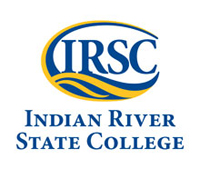Below is a summary of the abstract you submitted. Presenting author(s) is shown in bold.
If any changes need to be made, you can modify the abstract or change the authors.
You can also download a .docx version of this abstract.
If there are any problems, please email Dan at dar78@pitt.edu and he'll take care of them!
This abstract was last modified on May 9, 2016 at 4:47 a.m..

During August of 2015, a total of eleven new mycobacteriophage capable of infecting Mycobacterium smegmatis mc2155 were isolated and characterized from soil samples from southeast Florida. Additionally, the complete genome sequences have been generated, annotated and analyzed for three of these phage. Including previous phage isolates, there are now 22 total mycobacteriophage and seven genome sequences collected from Indian River, Martin and St. Lucie counties in Florida. Comparative analysis of this repository has provided insight into phage genome evolution and diversity in subtropical ecosystems. Based on complete genome sequences available, the isolated phage belong to the A and L clusters within the mycobacteriophage classification system. When analyzing the phage diversity at the subcluster level, four A2, two A9 and one L3 phage have been identified based on whole genome sequence analysis. Further classifications based on restriction digestion and PCR analysis has predicted a more diverse phage population, with potential members of other subclusters. The sequenced A2 phage collected in this study were analyzed in comparison to the nationally collected A2 phage for genomic signatures that could correlate to geographical location. Further phylogenetic analysis was performed to identify if a commonly used taxonomic gene (tapemeasure protein) could produce clades of related A2 phage based on geographical sources of collection. Understanding mycobacteriophage diversity and geographical distribution is important when designing new strategies to seek out novel phage. Insights gained from the unique mycobacteriophage will provide valuable insights of the molecular biology of the host/phage interactions and potentially lead to a richer understanding of Mycobacterium tuberculosis.
